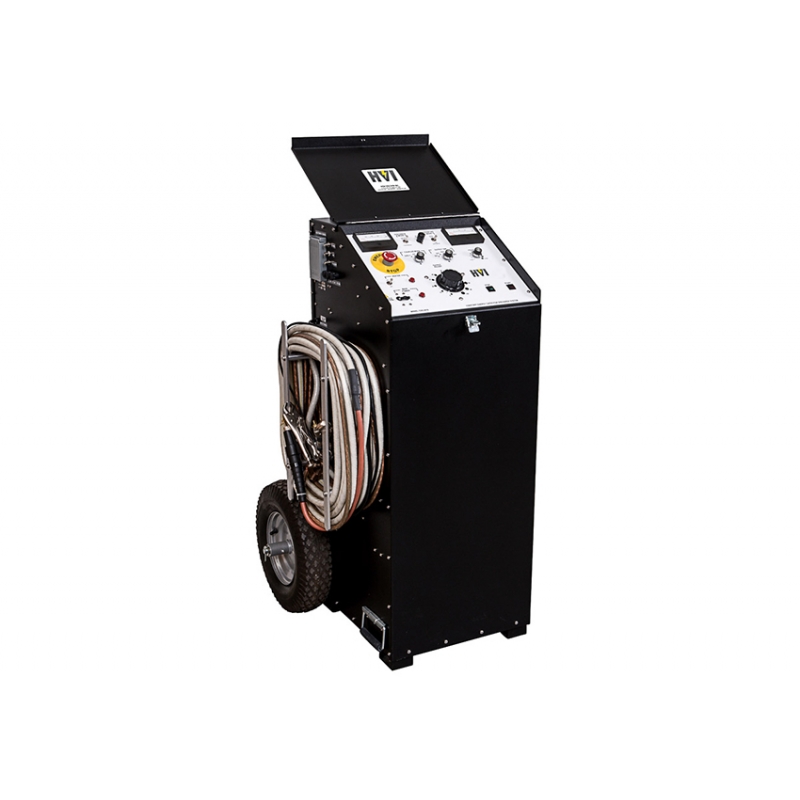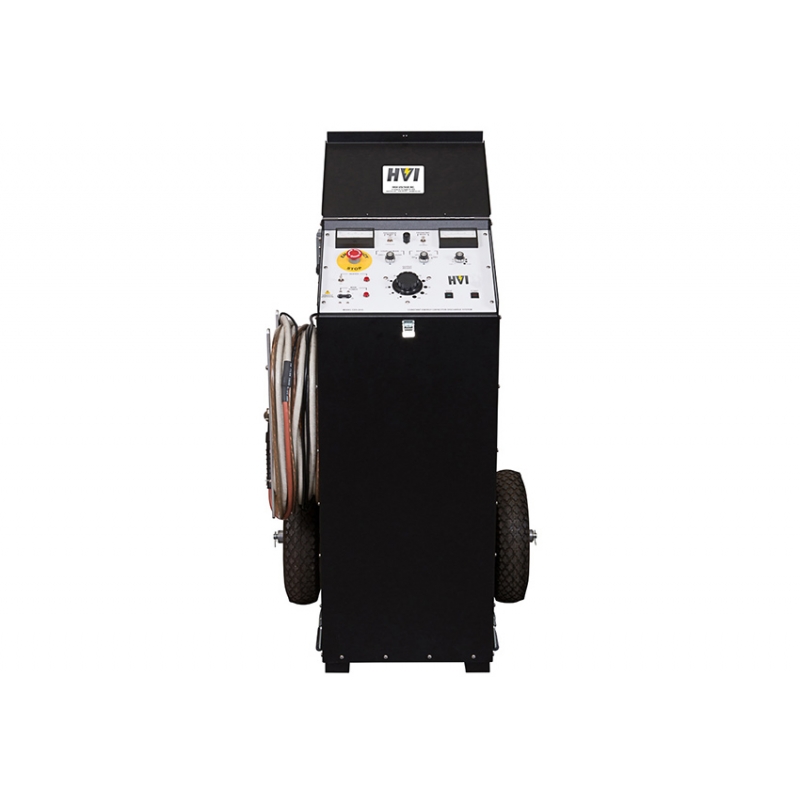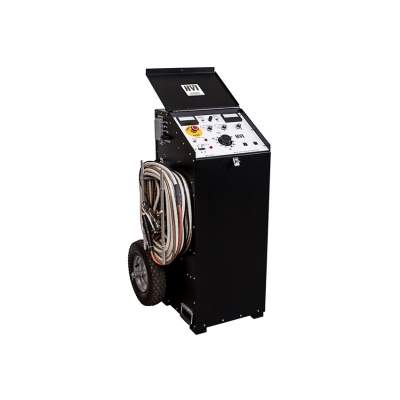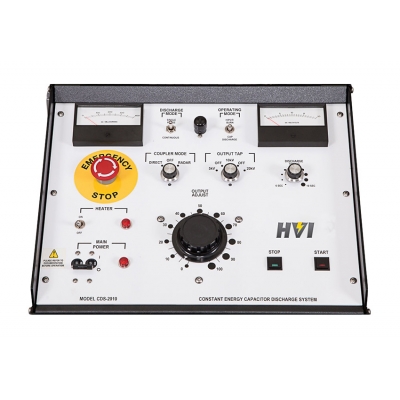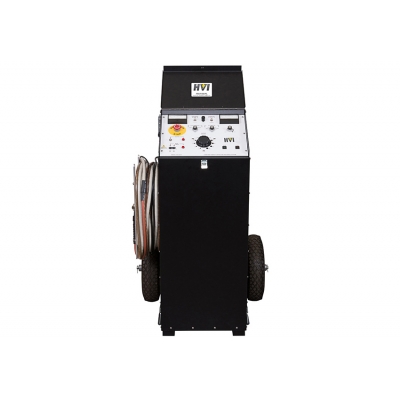Partial Discharge
- ADD - Online Direct Contact PD Test System
- PD-LT - Overhead Partial Discharge Detector
- HFCT Series - High Frequency Current Transformer Clamps
- PD Annunciator - Partial Discharge Alarm System
- PDS - Online Partial Discharge Scanner
- ULD-40 - Ultrasonic Corona & Arcing Detector
- XDP-II - Expert Partial Discharge Detector
- AE-150 - Partial Discharge Detection and Localization System for Power Transformers
Conductor Support Pole
- Wire Tong
- Wire Tong Band
- Wire Tong Block Clamp
- Wire Tong Swivel
- Wire Tong Saddle and Component
- Tower Type Saddle
- Dual Auxiliary Arms
- Auxiliary Arms
- Strain Link Stick
- Spiral Link Stick
- Roller Link Stick
- Light Weight Strain Carrier
- Sectional Strain Pole
- Strain Pole Eye-Clevis
- Hot Stick Tension Puller
- Heavy-Duty Suspension Link Stick
- Accessories for Strain Carriers
- Yokes
- Static Ground
- Cradles
- J Hook Assembly
- Adjustable Strain Pole
- Trolley Pole

